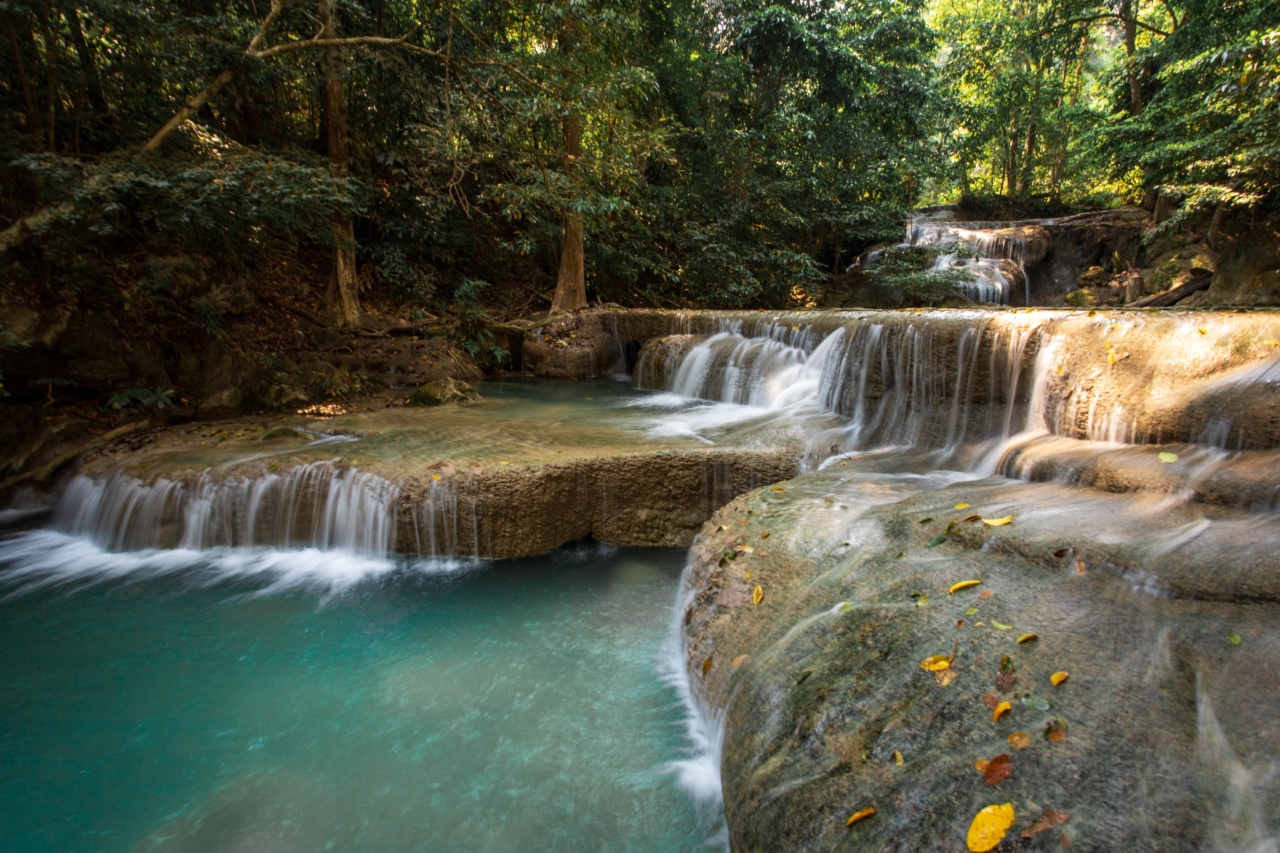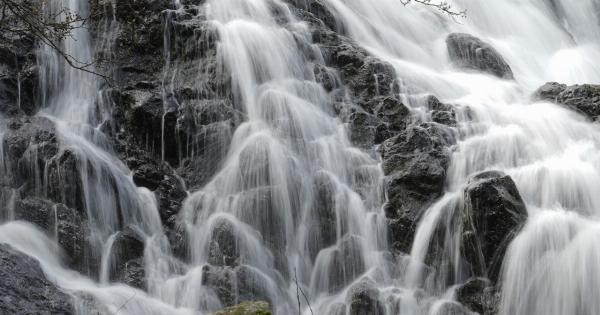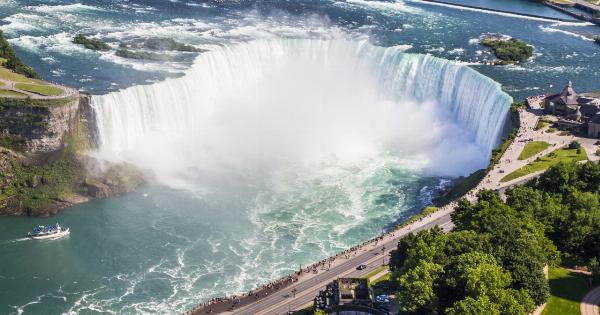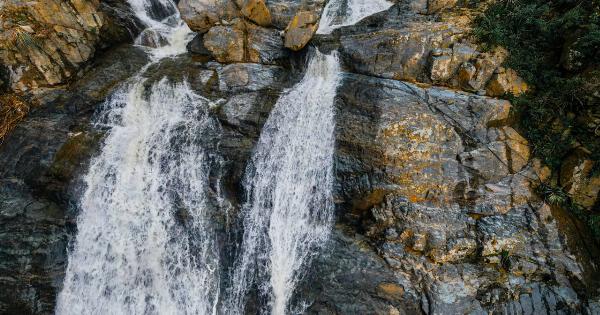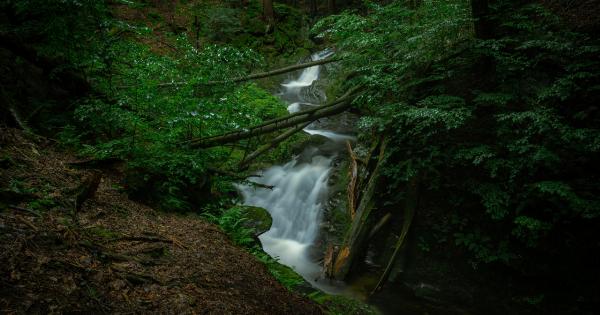Waterfalls are some of nature’s most beautiful and awe-inspiring creations. They are perfect for taking photos and even swimming in, but they can also be dangerous.
If you’re planning to visit a waterfall, it is important to know when to safely step in and when you should stay out of the water.
Know the area
The first step in deciding if it is safe to step into a waterfall is to know the area. Understanding the terrain and the water flow can go a long way in keeping you safe.
Check to see if a sign is posted at the entrance, indicating the danger level of the waterfall. If there are no signs, try to look around the area to see if there are any warning signs that may have gone unnoticed. For example, if the water appears to be moving very quickly, it may be too dangerous to enter.
Consider the water temperature
Even if you are a seasoned swimmer, the water temperature of a waterfall can be a factor. If the water is too cold, you can quickly develop hypothermia and be in danger of drowning. Always check the water temperature before entering.
If it is too cold, it may be best to wait for a warmer day.
Assess the distance between the waterfall and the water below
The distance between the waterfall and the water below is also an important factor to consider. If the drop is too high and the water below is shallow, you risk injuring yourself and serious injury may be sustained in such a situation.
Take some time to assess the distance and the depth of the water below before getting in.
Use caution when getting in and out of the water
Getting in and out of the water can be just as dangerous as being in the water itself. Be sure to use caution when getting in and out of the water, as the rocks can be slippery. If you feel unstable, hold onto something to prevent yourself from slipping.
It is always a good idea to wear water shoes or sandals with good grip when visiting waterfalls, as it can prevent injuries and slips.
Never swim alone
As with any type of swimming, you should never swim alone in a waterfall. Always make sure that there is someone who can assist you if you get into trouble. This can be a friend, family member, or even a lifeguard if one is available in the area.
If you are visiting a new area, it is always best to go with a tour guide who has knowledge of the area and can help guide you through safely.
Listen to your instincts
If you feel uncomfortable or unsure about entering the water, listen to your instincts. Don’t let peer pressure or the desire to get a perfect photo force you into a dangerous situation.
If you are uncertain about the safety of the area, don’t take the risk and stay out of the water.
Wear a life jacket
It is always a good idea to wear a life jacket when visiting waterfalls. This can help to keep you afloat and prevent drowning if you are swept away by the current.
Be sure to wear a life jacket that fits properly and is appropriate for the type of activity you plan to do.
Watch out for flash floods
Flash floods are one of the biggest dangers when swimming in waterfalls. A flash flood occurs when a large amount of water suddenly rushes through an area. This can be caused by heavy rain or a dam breaking upstream.
When swimming in a waterfall, be aware of the weather conditions and always be prepared to quickly evacuate the area if a flash flood warning is issued.
Know your limits
Finally, it is important to know your limits when swimming in waterfalls. Even if you are a strong swimmer, don’t push yourself beyond your limits. If you are feeling tired or out of breath, take a break and rest.
Don’t try to swim against a strong current, as you risk tiring yourself out and getting injured.
